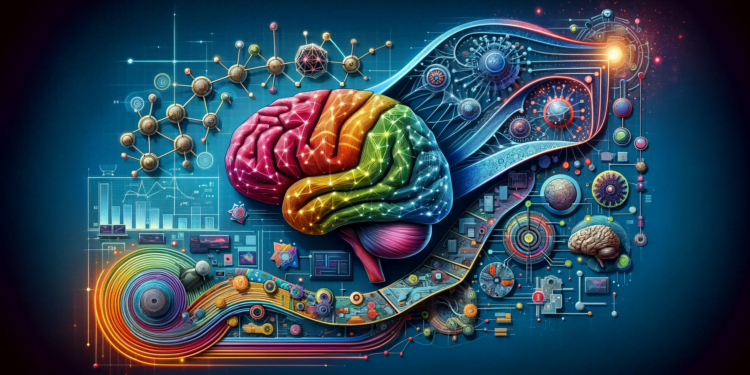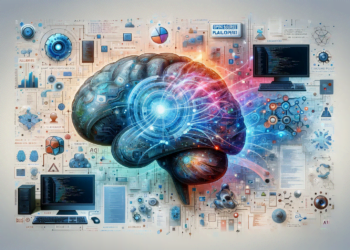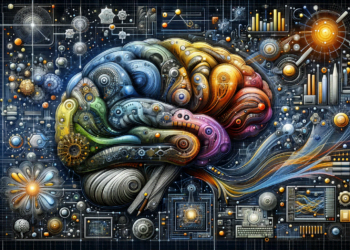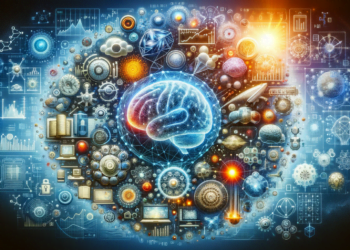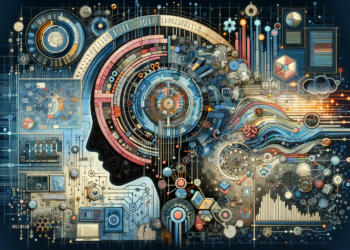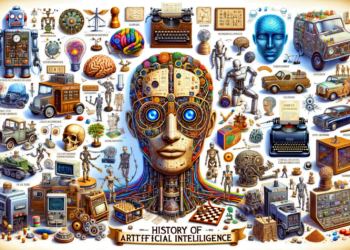Title: Artificial Neural Networks and the Quest for General Artificial Intelligence
Artificial Neural Networks (ANNs), which emulate the information processing of the human brain, have undergone a spectacular transformation since their conception. In the pursuit of General Artificial Intelligence (AGI), capable of performing any intellectual task at the human level, ANNs constitute a fundamental cornerstone. This article examines the progress of ANNs in their attempt to approach AGI, from theoretical advancements to practical applications, providing a comprehensive overview of their evolution and prospects.
Theoretical Foundations and Emerging Structures
The dawn of ANNs was based on simple perceptrons, which simulate brain neurons by weighted summation of inputs followed by an activation function. However, it was only with the advent of multilayer networks and backpropagation algorithms that it became possible to address nonlinearly separable problems. A significant leap forward came with the theory of universal approximation, which posits ANNs’ capability to approximate any continuous function, given sufficient network depth or breadth.
Recent innovations have led to the creation of structures such as Convolutional Neural Networks (CNNs) and Recurrent Neural Networks (RNNs), specialized in spatial and temporal patterns, respectively. More recently, the emergence of Transformers, which use attention mechanisms to weigh different input data components, has revolutionized the fields of natural language processing (NLP) and computer vision.
Advances in Algorithms
Traditional ANN training has relied on backpropagation and gradient descent. Nevertheless, the quest to overcome challenges such as local minima and the problem of vanishing/exploding gradients has led to the proliferation of sophisticated optimizers like Adam and RMSprop. Second-order algorithms, which take into account the curvature of the search space, despite being computationally demanding, are starting to gain traction due to their ability to converge more quickly.
Regularization, essential for combating overfitting, has evolved from basic techniques like weight pruning and dropout to more advanced methods such as batch normalization and output entropy. In addition, deep reinforcement learning (DRL) is shaping up to be a crucial component in the approximation towards AGI, offering a framework where an agent learns to make optimal decisions through interaction with its environment.
Disruptive Applications
The integration of ANNs has reshaped entire sectors. In medicine, for example, algorithms that diagnose diseases with greater accuracy than specialists have been developed. A case in point is the AI system for interpreting medical images, which predicts pathologies from X-rays and MRIs with over 90% accuracy. In robotics, ANNs provide automatons with unprecedented semantic perception and navigation capabilities, enabling robots with high autonomy in unstructured environments.
Connections and Divergences with Previous Work
Pioneering works in ANNs, such as Rosenblatt’s Perceptron and Hopfield networks, laid theoretical foundations but suffered from critical limitations that confined them to simple problems. The revival of ANNs in the 80s and 90s, and the subsequent explosion in the last decade, especially with the advent of Deep Learning, have overcome these barriers.
The ability of modern ANNs to process large volumes of data and the availability of computational power have generated a qualitative leap forward. However, despite breakthroughs like GANs for content generation and advancements in algorithm interpretation, current ANNs still fall short of the flexibility and cognitive adaptability required for AGI.
Future and Projections
AGI demands the convergence of cognitive abilities and adaptability. Emerging paradigms such as deep reinforcement learning ANNs and differentiable neural architectures, which promise greater generalization and efficiency, are being explored. Increasing understanding of human abstraction and reasoning processes translates into ever more finely tuned models, such as those exploiting causal reasoning and metacognition.
ANNs are extended towards continual learning models, where catastrophic forgetting is overcome, and dynamic adaptation to new tasks is achieved while retaining previous knowledge. In addition, the impending revolution of quantum computing poses unprecedented opportunities to enhance ANN learning, promising colossal advances in speed and processing capacity.
Case Studies and Real-World Situations
An illustrative case study is AlphaGo, which defeated the world champion of Go through DRL and RNA-based valuation systems. This victory marked an era where intuition and creativity, typically human traits, were challenged by AI.
Another example is the GPT-3 platform, a language model based on Transformers, which demonstrates astonishing linguistic capabilities, approaching human language comprehension and generation with unprecedented versatility. While it has not yet reached AGI, it projects a path by which ANNs could emulate abstract thinking and real-world comprehension.
Conclusion
The evolutionary course of ANNs is an idyllic tapestry of advances that revolutionize industries and challenge our pre-existing conceptions of what is possible. While AGI remains a distant horizon, the amalgam of technical and theoretical progress in ANNs suggests that each step forward brings us closer to this transformative paradigm. The careful observation of these systems learning, adapting, and overcoming intellectual hurdles prefigures a future in which human-AI collaboration redefines the potential of both intelligences.

